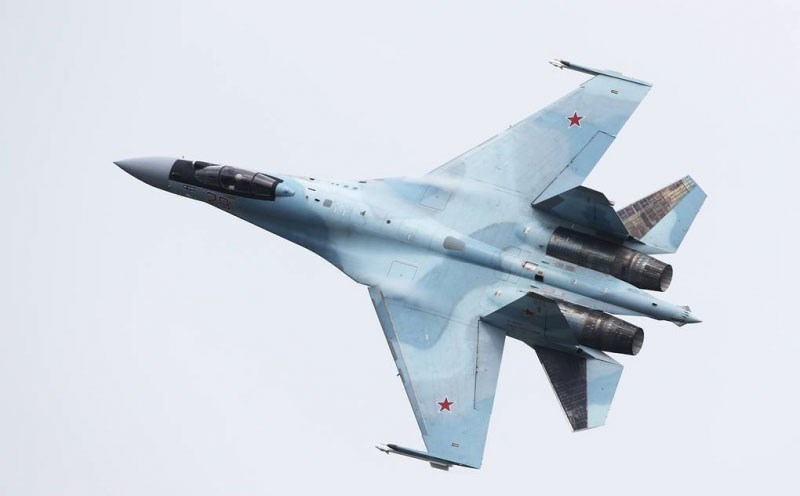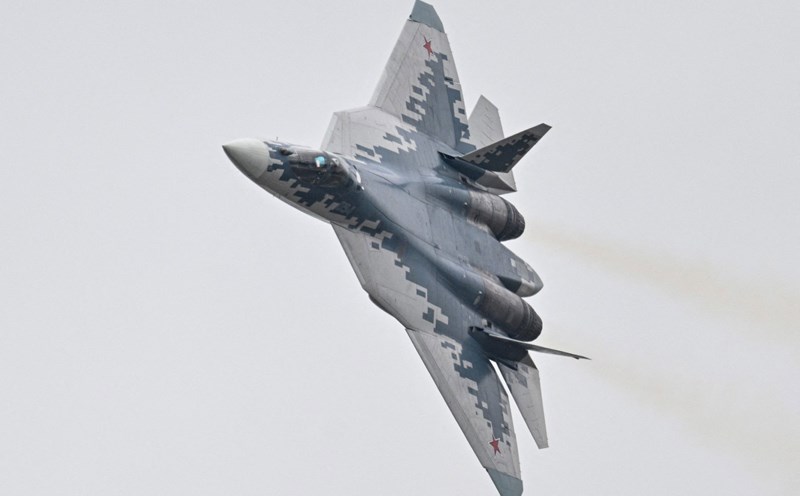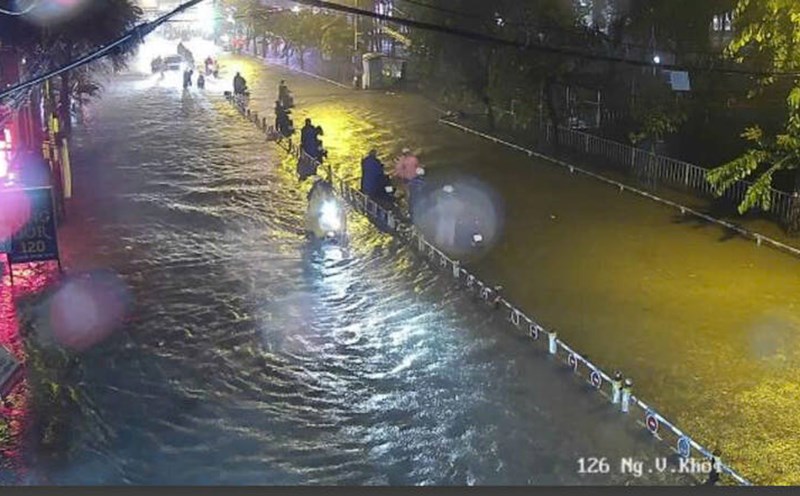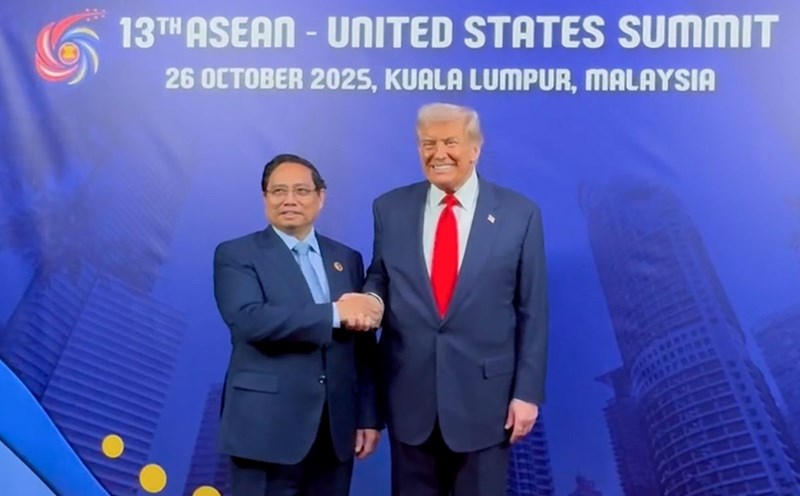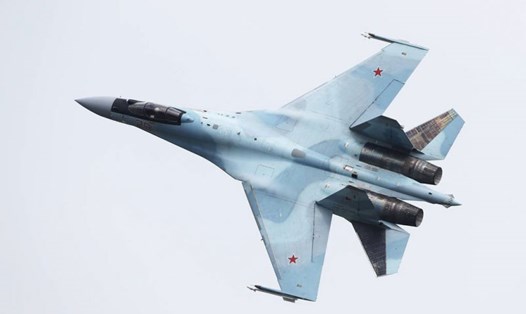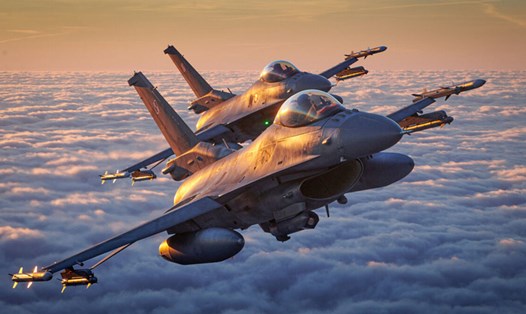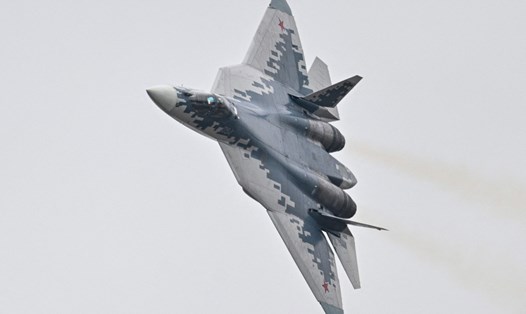In an interview with US media, NATO Secretary General Mark Rutte said the incident in Estonia was not intentional, but still a careless act, noting that such actions were uncesustainable and must be stopped.
When asked about the possibility of NATO attacking Russian aircraft, Mr. Rutte replied that there have been some misunderstandings in the past few weeks regarding this issue.
If necessary, NATO can shoot down those aircraft if they pose a threat. Otherwise, they will be blocked and guided to leave the air mass gently, he explained.
Tensions between Moscow and NATO escalated last month, when Estonia called for a bloc consultation after accusing three Russian MiG-31 fighters of briefly violating the country's airspace.
Russia insists the plane is conducting regular flights to Kaliningrad territory via neutral waters.
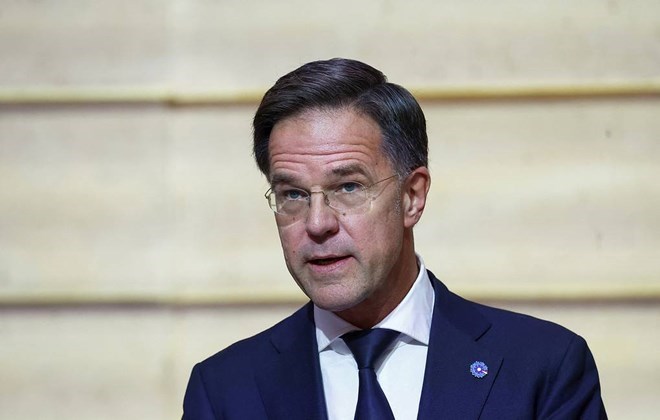
After the incident, Poland and Sweden warned that they were ready to shoot down Russian aircraft if violations continued. The Kremlin immediately responded, calling the statements "excessively reckless and irresponsible".
According to a source familiar with the matter from the UK, NATO defense leaders are mobilizing internally to expand the rules of combat, allowing the shot down of Russian surface-to-air missiles.
The source said that Mr. Alexus Grynkewich - Commander of NATO allied forces in Europe and a general of the US Air Force proposed the establishment of a "unified air defense and missile defense system" to deal with Russian aircraft in the context that NATO members still apply their own rules when handling air situations.
At the end of September, Russian Ambassador to France Aleksey Meshkov warned that if any NATO member shot down a Russian plane, it would be compared to war.
Mr. Meshkov especially noted that in fact, "there were quite a few NATO military aircraft" that, whether accidentally or intentionally, were recorded as encroaching on Russian airspace, "one of them was shot down".

